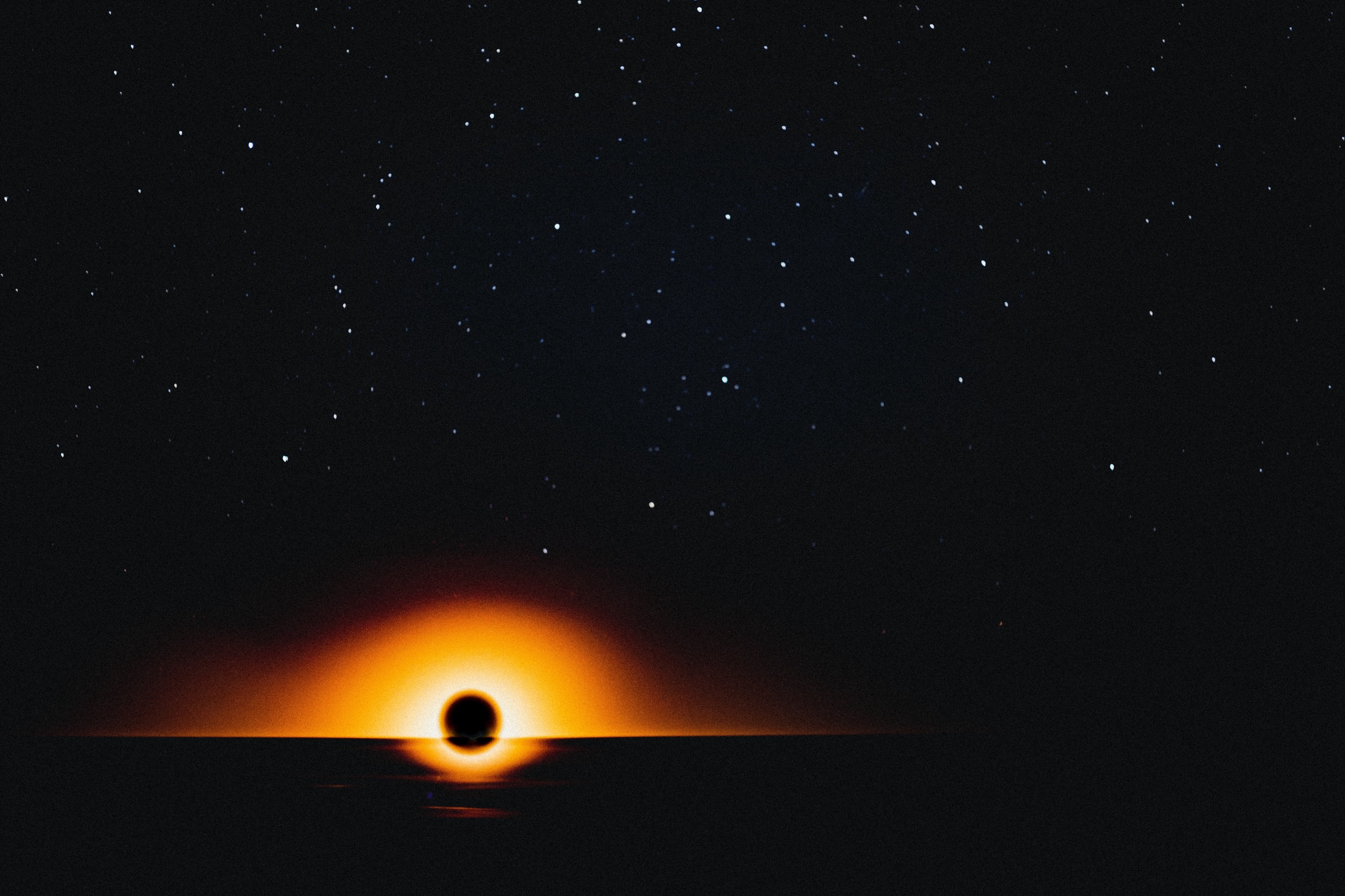NASA has released a video showing just how big black holes can get. Largest: Being approximately 43 times larger than the entire Milky Way. “Since 2019, more and more beautiful images of black holes have appeared,” says space expert Rob van den Berg.
NASA shares the images as part of its own black hole week: an initiative of the space agency to draw attention to the space phenomenon. The largest black hole in their video is called TON 618 and has a diameter of no less than 400 billion kilometers.
Read also | The James Webb Telescope is changing the world
The black hole is 10 billion light-years from Earth. According to NASA, TON 618 is one of the largest known objects in the entire universe. NASA shows more black holes: The video compares several known black holes to the size of the sun. There is also a black hole in our own universe, the video shows.
The text continues below the video.
First picture
“Until 2019, black holes were a purely theoretical phenomenon,” says Van den Berg. “We were able to calculate that they existed, but their existence had never been demonstrated.”
“There are black holes at the center of almost every solar system”
“Since that first photo in 2019, we have more and more images of black holes available to us,” he continues. “Since then, we have seen clearer and clearer pictures. As a result, NASA has made a very nice video, in which you can see how huge it is super massive black holes are.’
Huge volumes
According to Van den Berg, we know more and more about black holes. “We know that there are black holes at the center of almost every solar system. They arise because the stars of such a solar system attract each other. The stars collide, merge and become very heavy. This forms a black hole.
Read also | Austria to use satellites to monitor farmers, opportunities for Dutch nitrogen approach
The larger such a hole later becomes, the more stars it will subsequently attract, says Van den Berg. “The attraction adds up, so black holes can take on huge volumes. These extremely large black holes were once made up of hundreds of millions to billions of stars.
Interest
Van den Berg sees a growing interest in black holes. “A lot of people ask about black holes. There is a great need for information, and NASA wants to respond to it with this Black Hole Week.

 DodoFinance Breaking News Made For You!
DodoFinance Breaking News Made For You!
